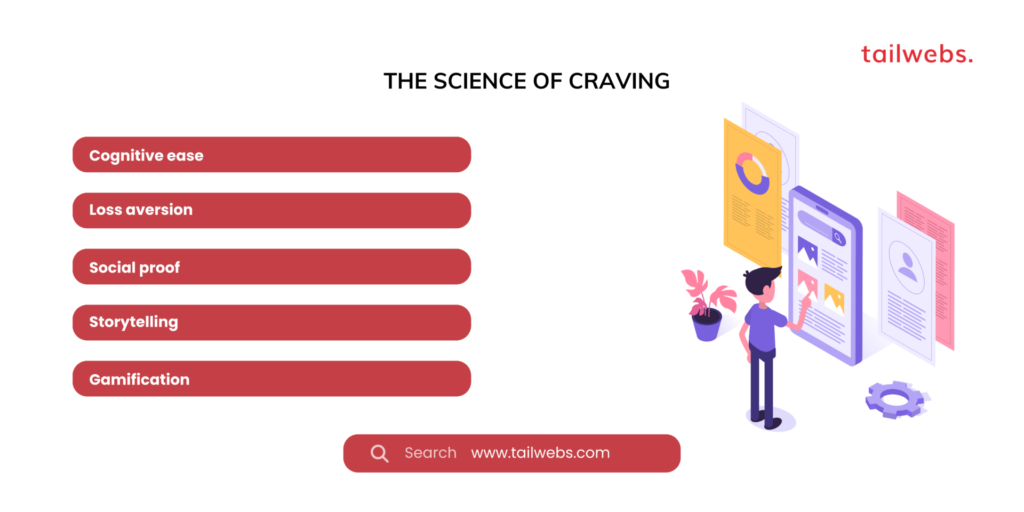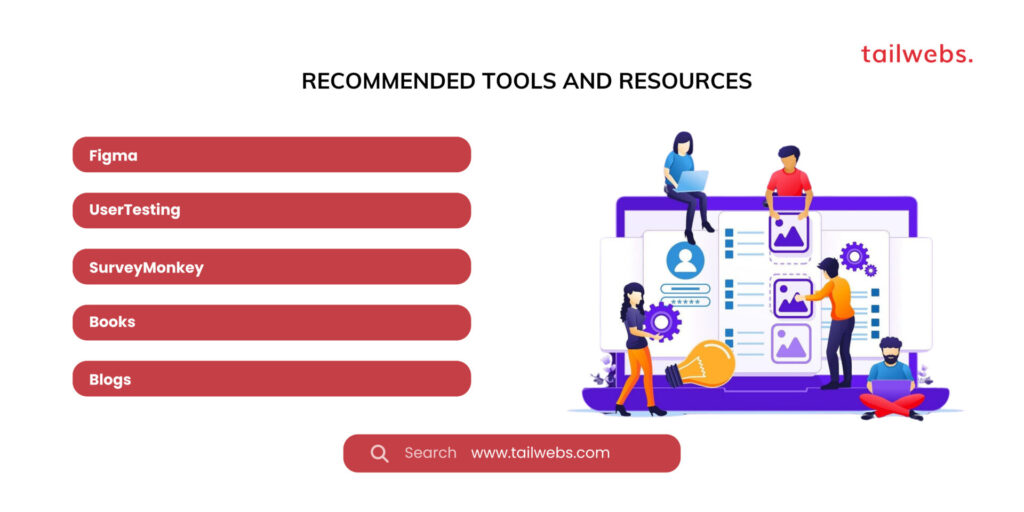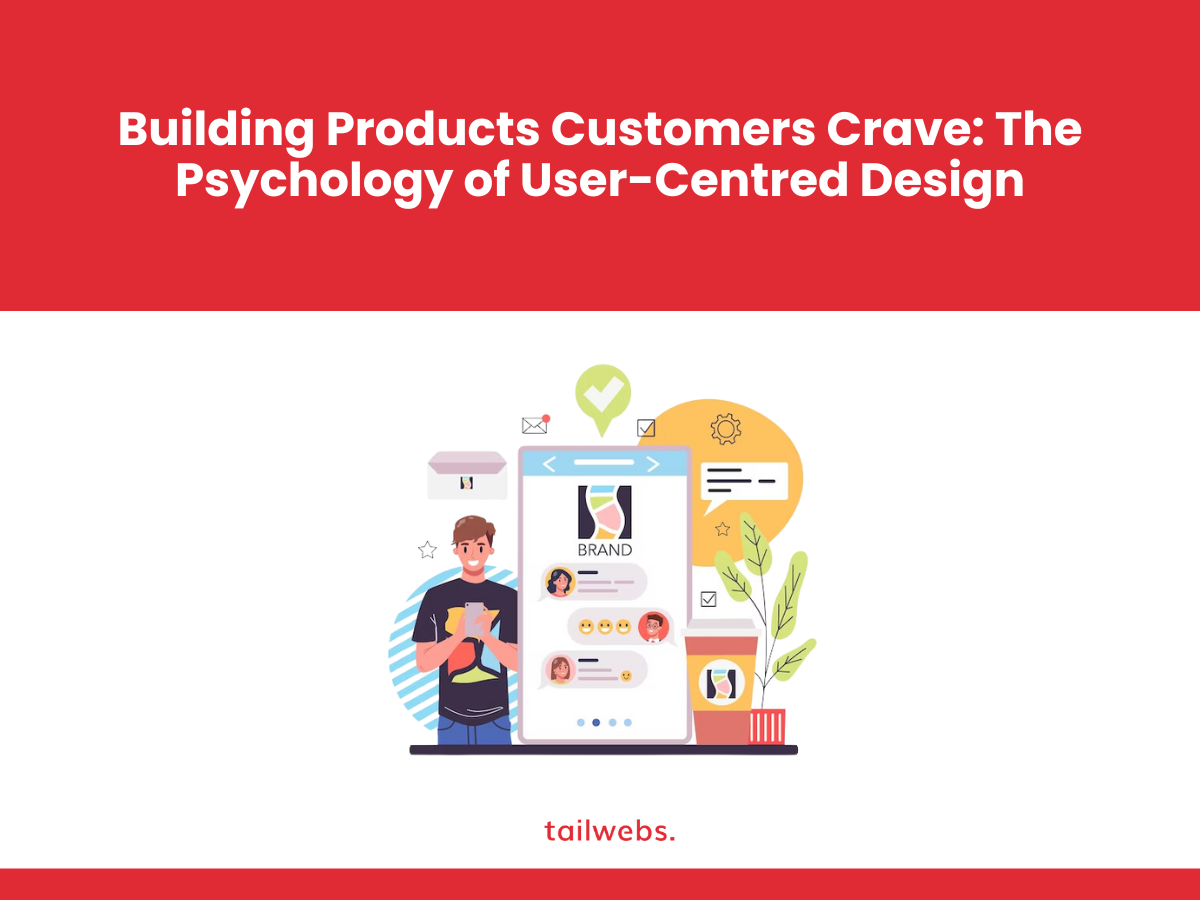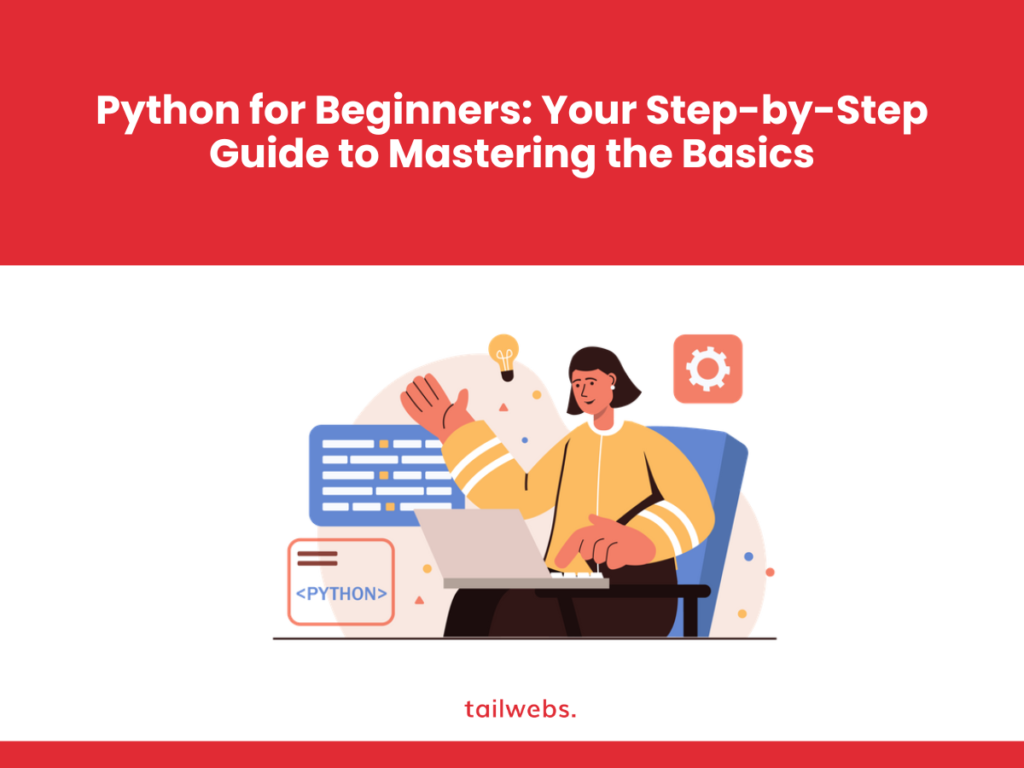Imagine a world where products sing to your soul, where every click feels intuitive, and every feature solves a problem you didn’t even know you had. This isn’t a utopian dream, it’s the reality unlocked by user-centred design (UCD) – a philosophy that places the user at the heart of the product development process. But understanding why this approach works isn’t just about logic and usability, it’s about delving into the fascinating realm of human psychology.
The Science of Craving:
Our brains are wired for craving. From dopamine hits delivered by social media notifications to the satisfaction of completing a task effortlessly, our minds seek experiences that trigger positive emotions and reward circuits. UCD taps into these innate desires, crafting products that align with our cognitive biases, emotional patterns, and subconscious motivations.
Let’s explore some key psychological principles that UCD leverages:
Cognitive ease:
We favour products that are intuitive, predictable, and require minimal effort to use. Think frictionless checkout processes or clear navigation structures.
Loss aversion:
The fear of losing something is often more powerful than the desire to gain it. This principle can be used to encourage users to take action, like offering limited-time discounts or reminding them of abandoned carts.
Social proof:
We tend to trust and adopt products endorsed by others. Reviews, testimonials, and social media buzz can be powerful persuasion tools in UCD.
Storytelling:
Humans are wired for stories. Weaving narratives into your product experience can create emotional connections and engagement, making your product more than just a tool.
Gamification:
Progress bars, badges, and rewards tap into our inherent desire for achievement and recognition. UCD can gamify user journeys to boost engagement and motivation.

User-Centred Design in Action:
These principles come alive in everyday products we love. Take, for example, Spotify’s Discover Weekly playlists. They tap into our cognitive ease by using algorithms to personalise music recommendations, minimising effort and fostering a sense of delight when we discover new favourites. Similarly, Uber uses social proof by displaying driver ratings and user testimonials, reducing anxiety and building trust in the platform.
The Stats Don’t Lie:
- Products designed with UCD principles have higher user satisfaction, engagement, and conversion rates. (Nielsen Norman Group, 2023)
- Companies that invest in UCD experience increased ROI and lower development costs. (Interaction Design Foundation, 2023)
- 88% of customers are more likely to return to a website that offers a personalised experience. (Statista, 2023)
Becoming a User-Centric Hero:
So, how can you apply UCD magic to your product? Here are some tips:
Conduct user research:
Interviews, surveys, and user testing are essential for understanding your target audience’s needs, wants, and pain points.
Create user personas:
Develop detailed profiles of your ideal users, including their demographics, motivations, and behaviours.
Emphasise empathy:
Put yourself in your users’ shoes and try to see the world through their eyes.
Iterate and test:
Don’t be afraid to experiment and refine your product based on user feedback.
Embrace data:
Use analytics to track user behaviour and measure the effectiveness of your design decisions.

Recommended Tools and Resources:
Figma:
A collaborative design platform for wireframing and prototyping.
UserTesting:
A platform for conducting online user testing sessions.
SurveyMonkey:
A tool for creating and sharing user surveys.
Books:
“The Design of Everyday Things” by Don Norman, “Hooked” by Nir Eyal, “Sprint” by Jake Knapp
Blogs:
Nielsen Norman Group Blog, Smashing Magazine, UX Booth

Conclusion:
UCD isn’t just a design trend, it’s a recipe for crafting products that resonate with users on a deeper level. By understanding the psychology behind human behaviour and applying UCD principles, you can unlock a world of satisfied customers, loyal fans, and thriving products. So, grab your empathy hat, put on your user research goggles, and get ready to build experiences that users crave. Remember, in the game of product development, the user is always the champion, and UCD is your winning strategy.
Join the Conversation:
- Share your UCD success stories or challenges in the comments below!
- Which psychological principles resonate most with you?
- Let’s build a community of user-centric heroes!
Remember, the path to user-centric product success is paved with empathy, research, and iteration. Start applying UCD principles today and witness the magic of building products that your customers truly crave!
Beyond the Basics: Advanced UCD Strategies for Deeper Engagement
While mastering the core principles of UCD is key, truly exceptional products go beyond the basics. Here are some advanced strategies to take your user-centric design to the next level:
Microinteractions and Delightful Details:
Don’t settle for functional, aim for emotionally engaging. Infuse your product with subtle microinteractions that surprise and delight users. Imagine confetti bursting on screen after completing a task, or a personalised message welcoming them back after a break. These small gestures can significantly boost user happiness and brand loyalty.
The Power of Personalization:
Treat your users like individuals, not just statistics. Leverage data and user behaviour to personalise their experience. Recommend products based on their preferences, tailor content to their interests, and remember their settings across sessions. This creates a sense of ownership and fosters a deeper connection with your product.
Building User Communities:
Products can be powerful platforms for social connection. Design features that encourage user interaction and community building. Forums, chat rooms, or collaboration tools can spark engagement, generate valuable user feedback, and turn your product into a thriving ecosystem.
Gamification for Motivation and Achievement:
Don’t underestimate the power of play. Gamify your user journey with progress bars, badges, and rewards to motivate users and keep them engaged. This doesn’t need to be complex; even simple point systems or virtual achievements can boost completion rates and user satisfaction.
Embrace Accessibility and Inclusivity:
Building products that everyone can use is not just good ethics, it’s good business. Design with accessibility and inclusivity in mind, catering to users with diverse abilities and needs. This not only expands your audience but also fosters a positive brand image as a caring and inclusive company.
Remember:
- UCD is an iterative process. Continuously gather user feedback, test new features, and adapt your product based on their needs.
- Data is your compass, but empathy is your guide. Don’t get lost in metrics – use data to understand user behaviour, but rely on empathy to interpret and address their underlying motivations.
- UCD is not just for digital products. These principles can be applied to any product or service, from physical objects to offline experiences.
Recommended Tools and Resources:
Google Optimise:
A platform for A/B testing and personalization.
Hotjar:
A tool for recording user sessions and visualising user behaviour.
Accessibility Insights for Web:
A browser extension for testing website accessibility.
Books:
“Don’t Make Me Think” by Steve Krug, “Emotional Design” by Don Norman, “The Gamification of Learning and Instruction” by Karl Kapp
Communities:
World Usability Day, Design for Good, Accessibility International
Conclusion:
By delving deeper into the psychology of human behaviour and embracing these advanced UCD strategies, you can craft products that not only solve problems but also spark joy, inspire loyalty, and build lasting relationships with your customers. Remember, the future of product development belongs to those who understand the human heart and apply that knowledge to create experiences that users truly crave. So, join the UCD revolution, unleash your empathy, and start building products that the world will love!
Call to Action:
- Share your experiences with advanced UCD strategies in the comments below!
- Which tip resonated most with you?
- Let’s keep the conversation going and push the boundaries of user-centric design together!
Remember, UCD is a journey, not a destination. Embrace the continuous learning, experiment with new strategies, and always prioritise the user. By doing so, you can build products that not only stand out in the market but also leave a lasting impression on the hearts and minds of your customers.





